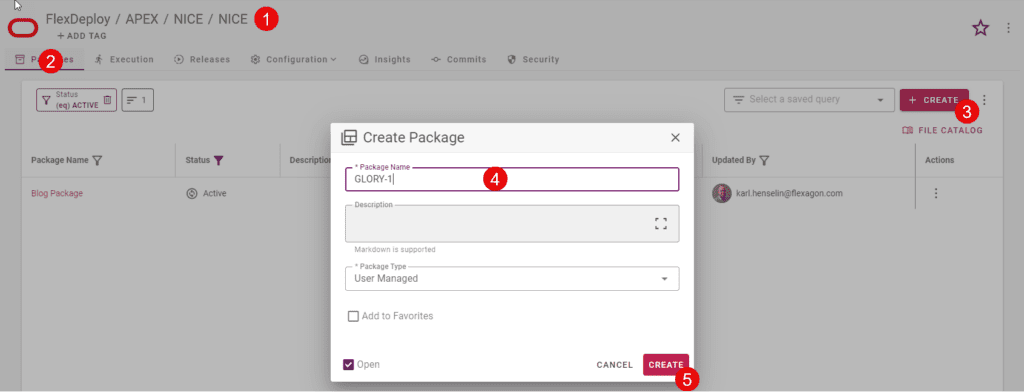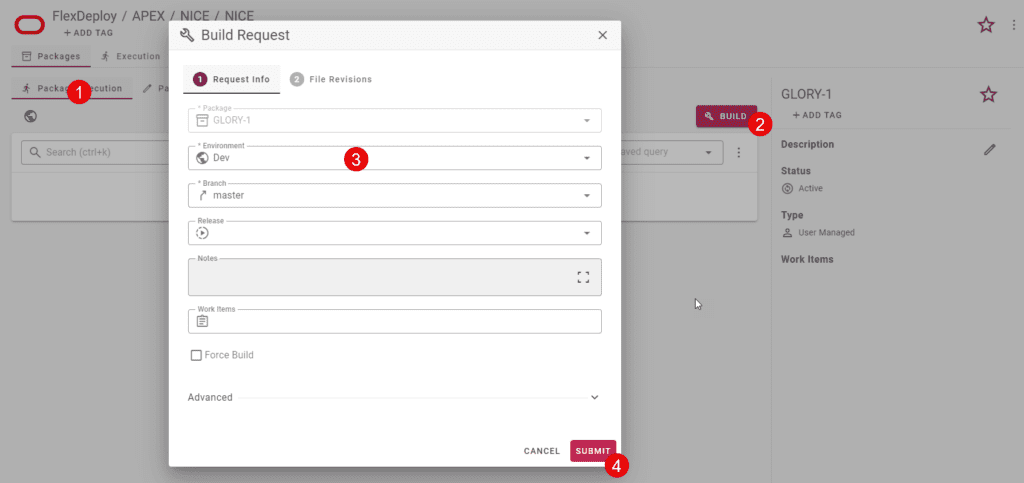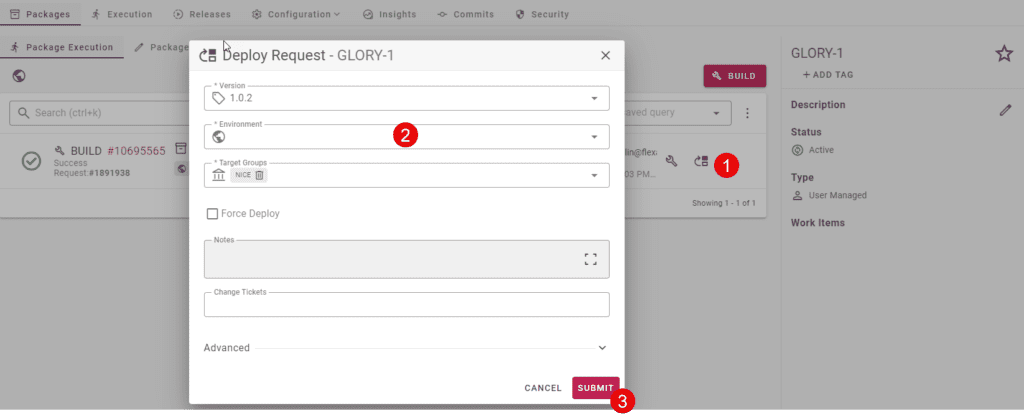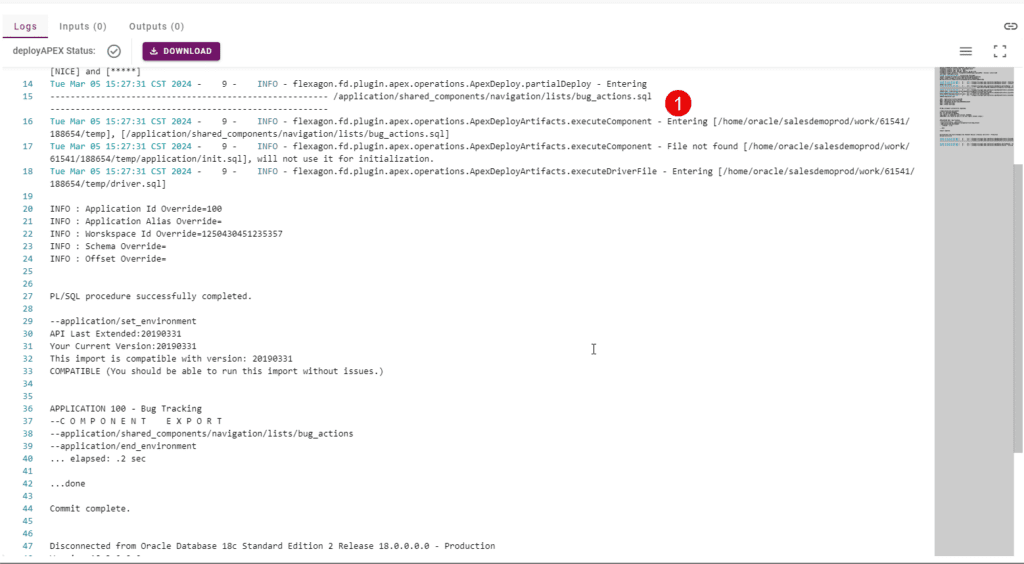FlexDeploy is a DevOps platform for CI/CD with out of box support Oracle APEX build & deploy automation. Oracle Application Express (APEX) is a common low code development framework, which is also used to develop extensions for Oracle E-Business Suite.
This FlexDeploy Loves APEX Blog Series will help you understand what makes FlexDeploy a perfect choice to implement DevOps and Continuous Delivery with Oracle APEX. Here is a summary of FlexDeploy Loves APEX Blog Series:
- FlexDeploy Loves APEX: Source Application from SCM (Git, SVN, etc.)
- FlexDeploy Loves APEX: Source Application from Development Environment
- FlexDeploy Loves APEX: Continuous Integration for APEX
- FlexDeploy Loves APEX: Deploy Individual Application Pages
- FlexDeploy Loves APEX: Deploy the Applications and Supporting Objects
In this blog article, we will discuss how to deploy individual pages and components of an APEX application.
It is important to note that we will use the same projects that were created during the first two articles of this blog series. FlexDeploy partial deployment capability is instrumental in this as it enables users to deploy the entire application or subset of pages/components.
Let’s say you are assigned task GLORY-1 for development. As you work on the development of this task, you need to update various pages of your application. You now need to export changed pages and deploy them to multiple environments. Let’s see how you can accomplish this using FlexDeploy.
We will first start by creating a Package that contains file names corresponding to pages that we want to deploy. It is a good idea to use the feature/bug name as the package name for traceability. A package can be built and deployed.

Add the appropriate files.

Click Build button to initiate build workflow.

After the successful execution of build workflow, FlexDeploy will store artifacts in its artifact repository with a unique package version. Changes in git repository or development environment do not affect versioned artifacts. If you need to get newer page files, then perform a new build.
By using FlexDeploy, organizations establish an automated and repeatable process for building, packaging, and safely deploying code, APIs, meta-data changes, and data migrations from development through test to production environments.
Once the build completes, you can deploy the package to a target environment that you have access to, or deploy it through a pipeline in a release.

Select the environment and click Submit.
The FlexDeploy APEX plugin will deploy files included in the package. FlexDeploy plugin logs will show the progress of each page deployment in a separate section.

FlexDeploy will track the deployment status of all pages/components individually, so you can compare across all environments to find discrepancies. Also, during deployment, FlexDeploy will only deploy changed pages/components, which would be useful if you rebuild this package again with changes to only one of the files. All these features are provided by the FlexDeploy platform for partial deployment projects.
As always, with FlexDeploy, you can use Release and Pipelines with this project as well for CI/CD.
Now you can deploy individual pages, shared components, etc. for APEX application across various environments. Happy coding with APEX!
Previous Post: FlexDeploy Loves APEX: Continuous Integration for APEX
Next Post: FlexDeploy Loves APEX: Deploy Application and Supporting Objects




